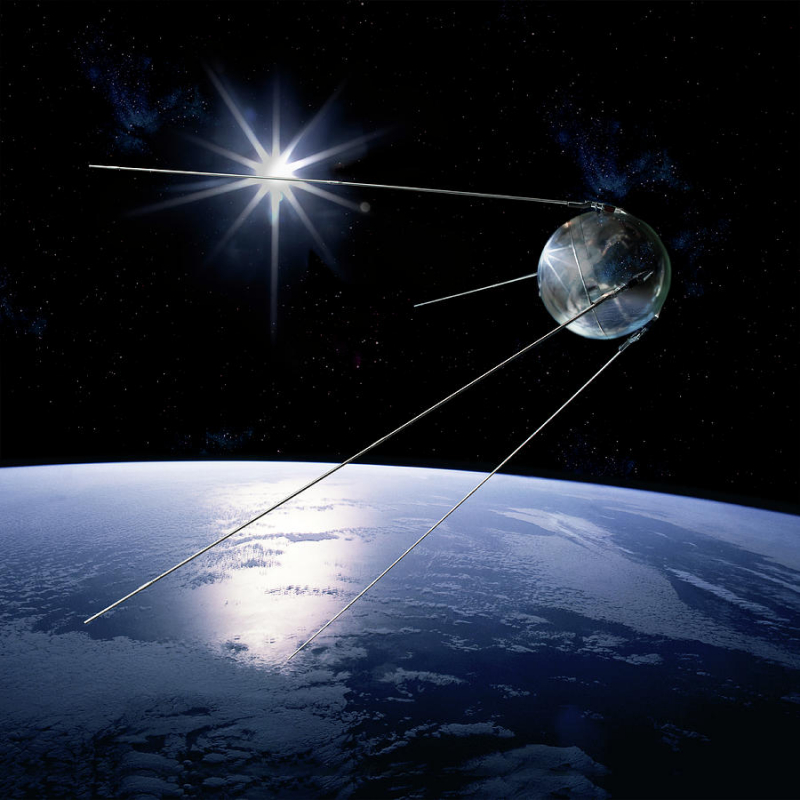When did the first spacecraft go into space?
The first artificial Earth satellite was Sputnik 1. The Soviet Union launched it into an elliptical low Earth orbit on October 4, 1957, as part of the Soviet space program. It sent a radio signal back to Earth for three weeks until its three silver-zinc batteries died, and it remained in orbit for three months before falling down into the atmosphere on January 4, 1958. It was a 58 cm (23 in) diameter polished metal spherical with four exterior radio antennae for broadcasting radio pulses. Its radio signal was clearly detectable by amateur radio operators, and its orbital inclination of 65° allowed it to fly over almost the whole inhabited Earth.
The satellite's unexpected success caused the American Sputnik controversy and launched the Cold War-era Space Race. The launch signaled the start of a new age of political, military, technical, and scientific advancements. When used in an astronomical context, the word sputnik means satellite; it may also imply spouse or traveling partner. Scientists gained vital information by tracking and examining Sputnik 1 from Earth. The density of the upper atmosphere could be calculated from its pull on the orbit, and radio signal propagation provided information on the ionosphere.












